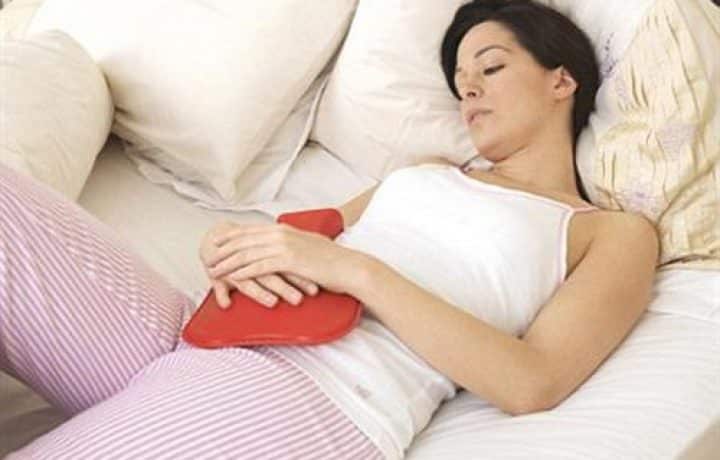Generalized stimulation
Liv 3
LI 4
S 36 (said to enhance activity of immune system)
Generalized stimulation of this kind is particularly likely to produce the euphoria, drowsiness etc. that characterize strong reactors. Some disorders that may be treated in this way include chronic urticaria, asthma, menopausal hot flushes, and migraine. These are discussed below, but it is impossible to give a comprehensive list because acupuncture can sometimes produce surprisingly good results in obscure disorders for which no obvious pathological explanation or formal diagnosis is available. Example: a middle-aged woman suffered from solar urticaria in summer and bloody diarrhoea in winter. She had had these symptoms for several years and had been extensively investigated, without result. A single treatment at Lr 3, repeated after a year, provided a complete cure.
PAGE CONTENTS
Chronic urticaria
Acupuncture is effective in about half the cases. Lr 3 seems to work best for this but sometimes the relief is fairly brief, in which case patients can learn to treat themselves. Solar urticaria responds exceptionally well.
Asthma
This disorder is only moderately suitable for acupuncture; probably only about 10 per cent of patients can be helped objectively, as judged by an improvement in peak flow rate. (Some actually get worse after acupuncture.) Numerous points are listed in the books but I have found that Lr 3 usually works if anything is going to. In one or two patients whose asthma was associated with paroxysmal coughing I have had good results from needling CV17.
Although acupuncture does not usually help much in asthma, in a few patients it is outstandingly successful, giving prolonged remissions. It seems to work particularly well in hay fever asthma. In general it is most likely to succeed in younger patients with so-called extrinsic asthma.
Menopausal hot flushes respond quite well.
Migraine and other types of headache
These can often be treated simply by means of generalized stimulation. In many cases, however, it is better to treat the neck as well or instead, as described below.
Specific ATAs
I now go on to consider the various ATAs that are commonly used. Notice that this is not supposed to be an exhaustive list; individual patients may well have ATAs that are not described here. However, this chapter indicates the most frequently found ATAs and will provide a basis for starting to practise acupuncture.
